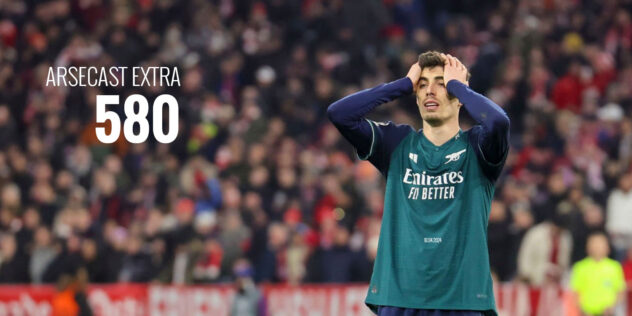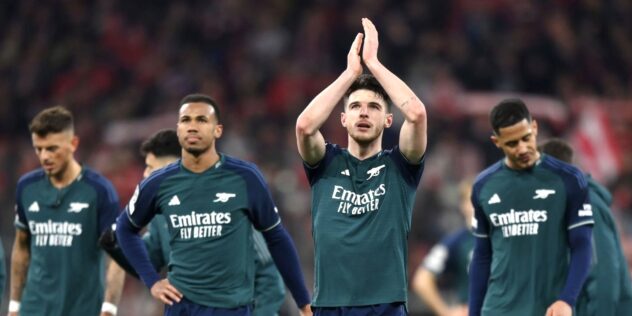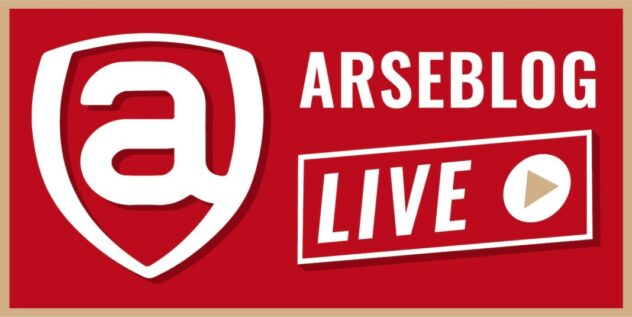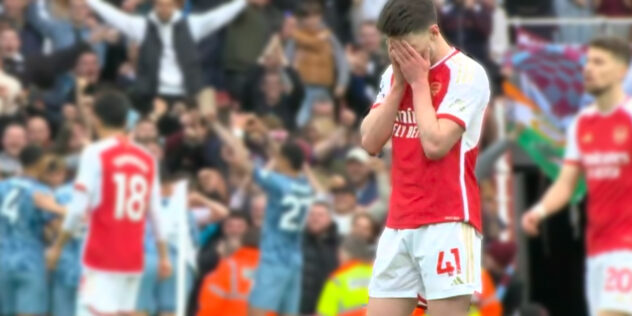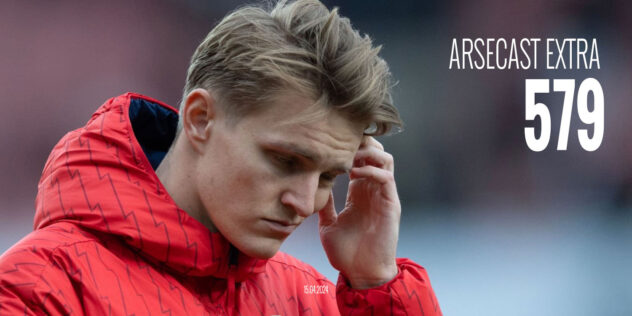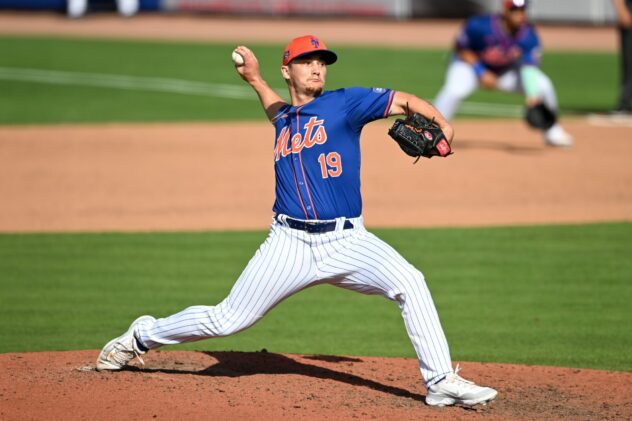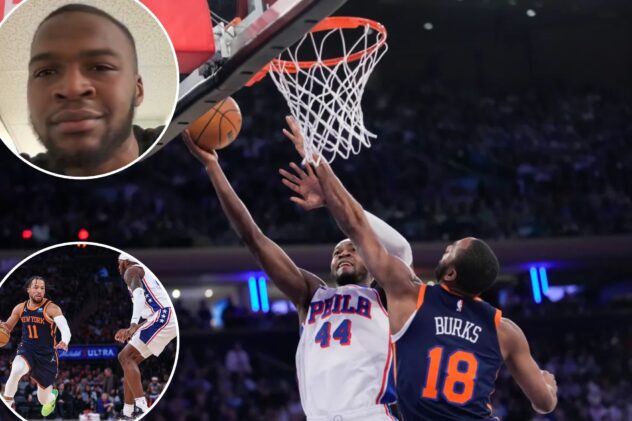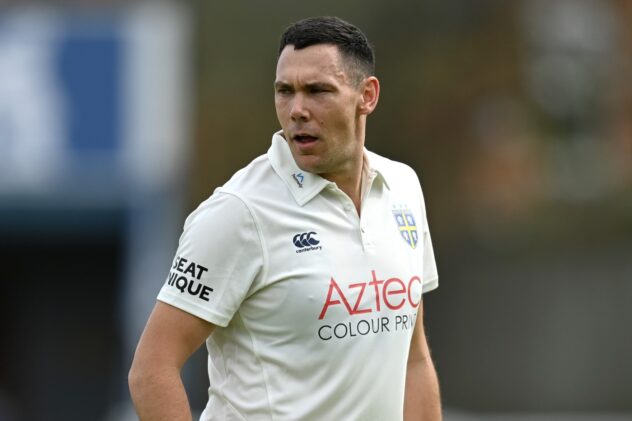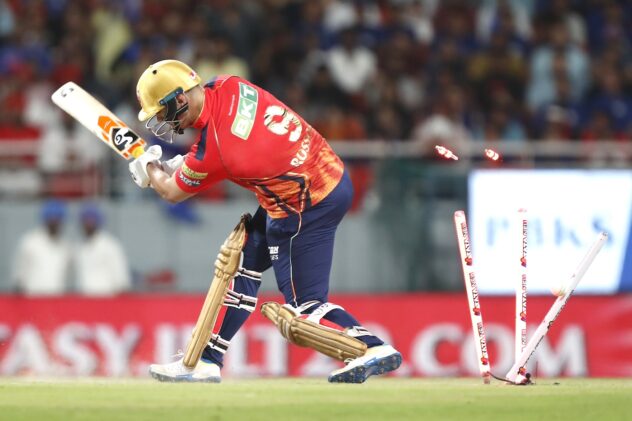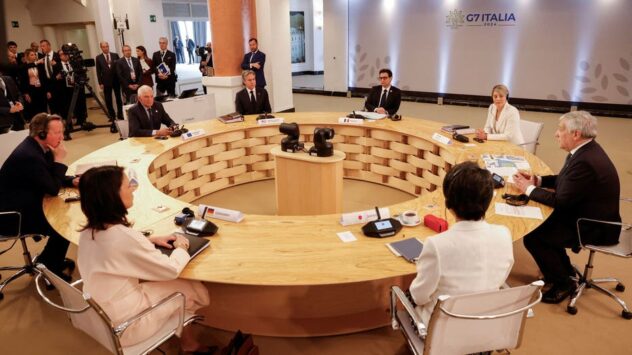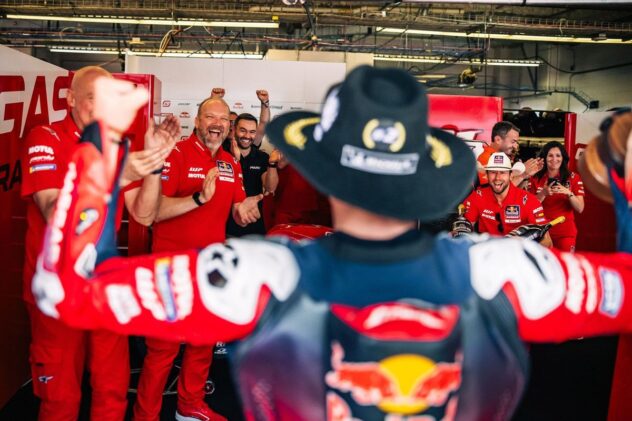Young and restless
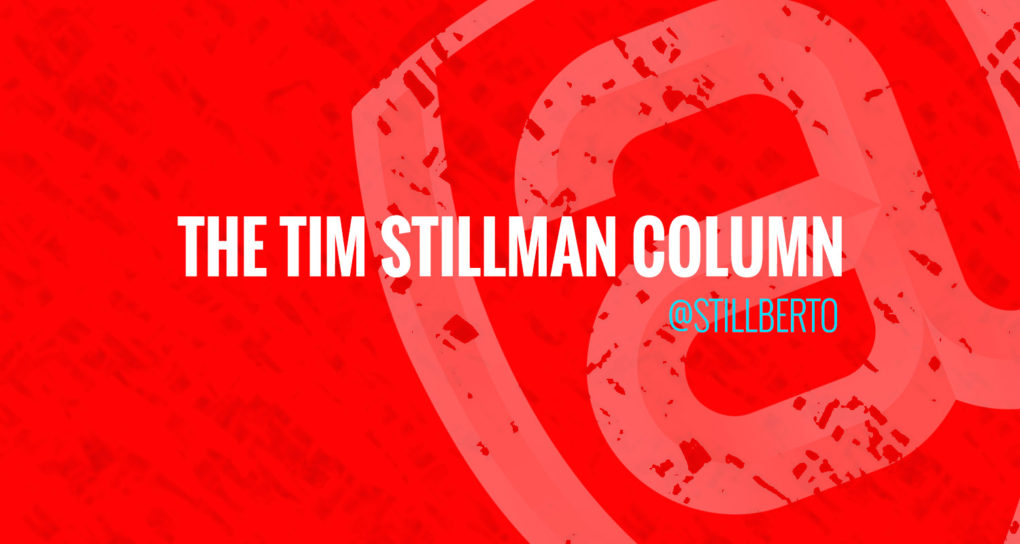
It’s difficult to predict what kind of havoc COVID-19 will wreak on the transfer market, save for the fact that things will be….different. This week Wagner Ribeiro, agent of Neymar, admitted that his client’s desire to return to Barcelona will not be facilitated any time soon. “I think Neymar will stay at PSG because the market is different. The economic world of football will change.”
When Wagner Ribeiro is forced into sheepish reflection, you know that significant change is afoot. For a club like Arsenal, the horse trading of players in and out of the club will certainly be impacted. It might not be quite “what we have we hold”, but it probably won’t be far off. In this week’s Arsecast Extra, James pointed out that Arsenal had already started down the road of promoting academy talent prior to the pandemic, which might position them nicely compared to some of their immediate rivals.
Indeed, Chelsea and Manchester United have opted for a similar route, Liverpool’s cycle looks safe for another couple of seasons, while Manchester City will be sheltered from the economic impact of COVID. Arsenal have clearly communicated that they will look to promote their current crop of young talent- a strategy expedited by economic necessity after the largesse of recent transfer windows failed to break them back into the land of milk and Champions League honey.
Cost effectiveness will become a priority for most teams in the coming years and Arsenal will probably have to lean even harder into the youth project. How that turns out for the club will be borne out in the fullness of time. For the young players concerned, this represents an incredible opportunity and one that should excite and invigorate them.
Mikel Arteta has already made it very clear that he will operate with an ‘if you’re good enough, you’re old enough’ policy. He recalled Eddie Nketiah from loan at Leeds and reversed the decision to send him elsewhere in January. Since then he has used him plentifully too, Nketiah has started five of the Gunners’ last seven games.
Though a little older, Ainsley Maitland-Niles is also an academy player and Arteta has taken the opposite stance with him, limiting his appearances since the New Year citing a lack of work rate in training. These are both positive messages for Arsenal’s young players to receive- work hard and play well and you’ll be rewarded, don’t and you won’t. [The impact of such a message isn’t limited to the young players, of course].
It’s not just the parlous state that football’s finances that drives opportunity for some of Arsenal’s young talent. All of them should look at the current Arsenal team and see a pathway if they can develop. A few weeks ago I wrote about Bukayo Saka and Arsenal’s need for a left-sided forward, one of the most noticeable gaps in the current Arsenal squad for my money.
Arsenal sold Alex Iwobi, loaned out Henrikh Mkhitryan and lost Danny Welbeck on a Bosman last summer and brought in Nicolas Pepe, leaving them with a surplus of wide players. Aubameyang’s deployment on the left is as much about Arsenal not possessing a high end product wide player for the left of the attack as it is accommodating Alex Lacazette. Lacazette has been left out of five of Arsenal’s last seven matches for Nketiah, meaning Auba has stayed on the wing.
Of course, Gabriel Martinelli has emerged as a genuine option as a high end product wide forward. The [temporary] issue is that Martinelli and Aubameyang are too similar to play in the same forward line, both are low touch players that don’t really contribute to the build-up and both favour the left half-space.
Ultimately, Aubameyang and Lacazette are late peak players whose contracts are creeping to a conclusion. There is an excellent chance that neither will be at the club in 18 months’ time. In that scenario, Nketiah, Saka, Martinelli and Reiss Nelson ought to all be building a case for long-term inclusion.
Arteta has already talked up Reiss Nelson’s qualities. Nelson is a tactically intelligent player for his age capable of holding the width of the pitch, as Arteta seems to like from one of his wide players. His spell at Hoffenheim shows that there is potential there for a goalscoring wide player, especially if he wants to play from the left as an inverted winger.
Not quite as explosive but pretty similar profile to Gnabry and at a similar stage in his development to when Serge was here. With the right management and attitude he could reach that kind of level, needs to make left wing role his own https://t.co/LA0VY2jq5b
— Johnny Stecchino (@drewbersetzer) May 18, 2020
Emile Smith-Rowe is another young player that should be looking at the Arsenal team with a clear mental map for greater inclusion. Mesut Özil has had a monopoly on the number 10 role since Arteta arrived, but he certainly won’t be an Arsenal player after next summer. Smith-Rowe might have broken through already were it not for a troublesome hip injury at the end of 2018 just as he was beginning to make a splash.
Emile Smith-Rowe (19) v Fulham pic.twitter.com/oe4pkxhe3n
— Mezzala Football (@MezzalaFtbl) February 3, 2020
There has been a lot of speculation that Özil is a player out of step with the modern game, where the ‘pure’ number 10 has been phased out at the top level. In terms of raw attributes, Smith-Rowe is a more modern style of ‘attacking 8’ in the mould of a David Silva or Kevin de Bruyne. [That’s not a direct comparison in terms of talent, you understand! Not yet, anyway….]
Obviously Smith-Rowe has a long way to go yet before he can claim to be Özil’s heir apparent, but with Ramsey now gone and Özil in the final chapter of his Arsenal career, there is absolutely a spot open for the Gunners’ next midfield maestro. Recently, I wrote about some of the biggest gaps in the Arsenal squad and, alongside a lack of end-product from wide areas, I identified a lack of end-product from central midfield.
That ought to be of interest to Joe Willock as much as Emile Smith-Rowe. Willock is Arsenal’s top scoring central midfielder this season with four goals. Even assuming Ceballos, Torreira and Guendouzi stay with Arsenal, none of them is likely to fill the goals and assists voids left by Aaron Ramsey and Mesut Özil- the latter has seen a sharp drop off in end-product in recent years in any case.
The club will welcome William Saliba into the fold in the coming months too and, well, the centre of Arsenal’s defence is not exactly stacked with elite level quality. Sokratis is ill-suited to an Arsenal side and will likely leave, David Luiz and Shkodran Mustafi only have a year left on their deals and Calum Chambers and Rob Holding have yet to totally establish themselves as the future of the team’s rearguard. Were I Saliba, I wouldn’t be intimidated by the competition.
History tells us it is unlikely that all of the young players will develop to the ceiling of their abilities. Injuries, form, attitude and the outrageous slings and arrows of fortune will see to some of them. However, a clear pathway exists for all the aforementioned and the club is almost certain to embark on a period of austerity that could create even more of a clearing for them.
Follow me on Twitter @Stillberto– or like my page on Facebook

